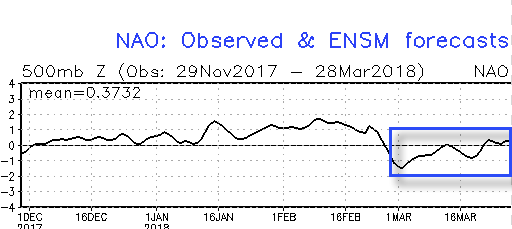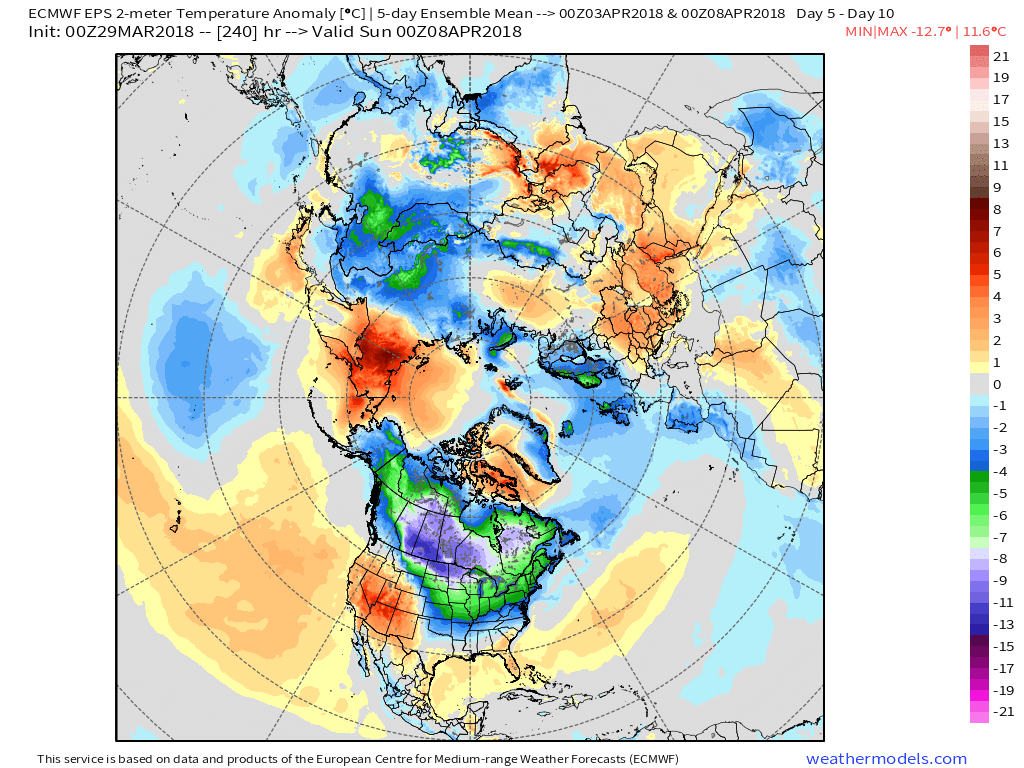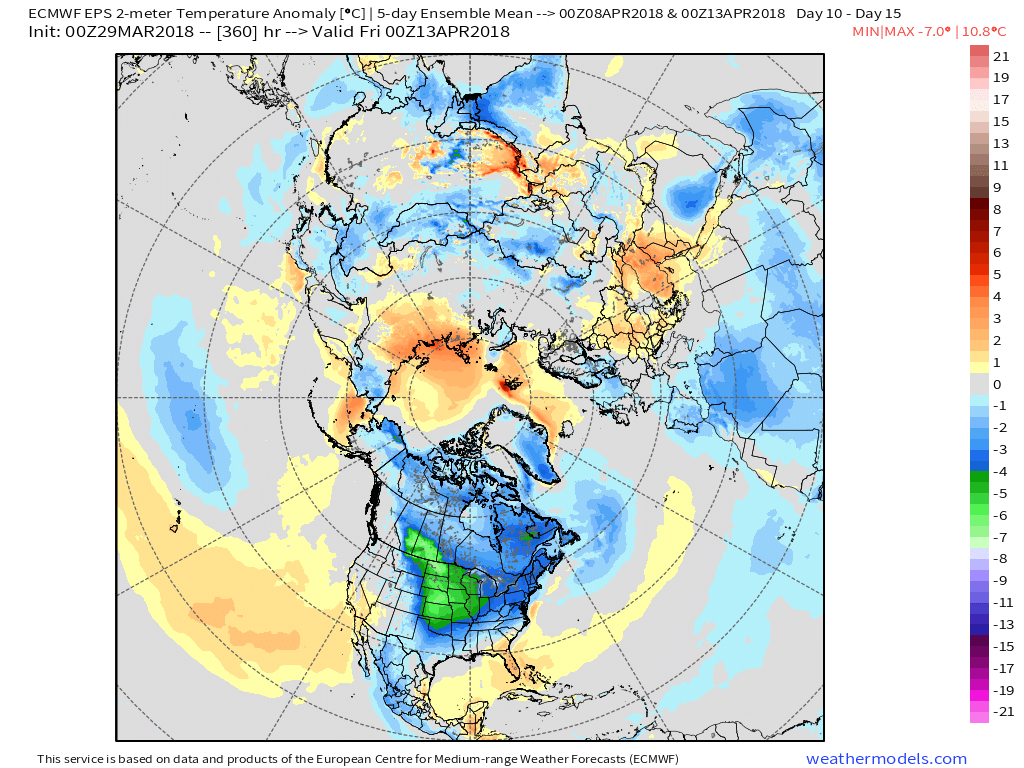You must be logged in to view this content. Click Here to become a member of IndyWX.com for full access. Already a member of IndyWx.com All-Access? Log-in here.
Category: Long Range Discussion
Permanent link to this article: https://indywx.com/video-short-lived-warm-up-before-unseasonably-chilly-air-returns/
Apr 06
VIDEO: Briefly Warmer Late Next Week, But Cold Pattern Remains Overall…
You must be logged in to view this content. Click Here to become a member of IndyWX.com for full access. Already a member of IndyWx.com All-Access? Log-in here.
Permanent link to this article: https://indywx.com/video-briefly-warmer-late-next-week-but-cold-pattern-remains-overall/
Mar 29
Light At The End Of The Tunnel? Think Again.
March sure has been a wild month! Indianapolis is running close to 4° below average on the month with around one foot of snow. The highlight was obviously the 10.2″ of snow that fell last Saturday.
Largely this was driven by the return of blocking- something that has been missing most of this winter and, for that matter, the past couple of winters. Note the prolonged, sustained negative NAO. As we’ve written in the past, the NAO, or North Atlantic Oscillation, is the “king” this time of year. In late winter and spring, negative NAO phases will result in cold periods, even in the face of potentially warmer signals from other, less dominant, teleconnections.
 As we look ahead, we don’t really see any significant changes with the forecast NAO into mid-April.
As we look ahead, we don’t really see any significant changes with the forecast NAO into mid-April.
 To no surprise, the pattern remains colder than average over the next couple of weeks, overall.
To no surprise, the pattern remains colder than average over the next couple of weeks, overall.


European ensemble predicts well below normal temperatures in the Day 5-10 period, courtesy of Weathermodels.com.


European ensemble predicts well below normal temperatures in the Day 10-15 period, courtesy of Weathermodels.com.
With all of the cold around, it should also be no surprise that at least the threat of additional accumulating snow is on the table. In fact, an item of “interest” will eject out of the Rocky Mountain region and into the Plains and eastern half of the country in the 8-10 day period. It’s far too early for specifics, but at least the potential of accumulating snow is present next weekend across the Ohio Valley.
Permanent link to this article: https://indywx.com/light-at-the-end-of-the-tunnel-2/
Mar 27
VIDEO: Active Pattern Remains…
You must be logged in to view this content. Click Here to become a member of IndyWX.com for full access. Already a member of IndyWx.com All-Access? Log-in here.
Permanent link to this article: https://indywx.com/video-active-pattern-remains/
Mar 17
VIDEO: Negative NAO’s Chilly Early April Impacts…
You must be logged in to view this content. Click Here to become a member of IndyWX.com for full access. Already a member of IndyWx.com All-Access? Log-in here.
Permanent link to this article: https://indywx.com/video-negative-naos-chilly-early-april-impacts/
